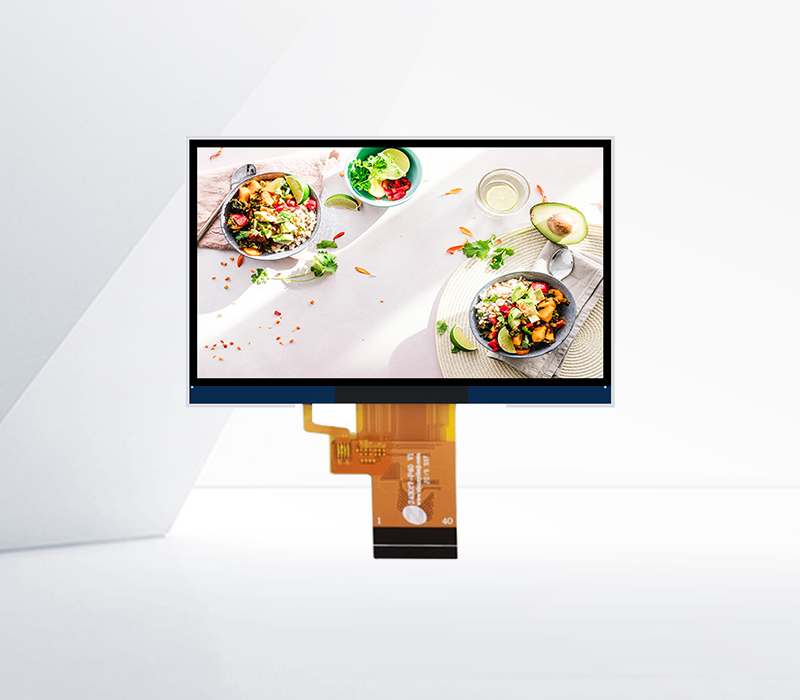




In an increasingly complex electromagnetic environment, improving the anti - interference ability of touch screens is essential to ensure their stable operation. There are several effective methods to achieve this.
Shielding is a fundamental approach. One common form is electromagnetic shielding. A conductive material, such as a metal mesh or foil, can be placed around the touch screen components. This shielding material acts as a barrier, reflecting or absorbing electromagnetic waves. For example, in a mobile device, a metal frame or shield can be designed to enclose the touch screen circuitry. The metal shield redirects external electromagnetic interference away from the sensitive touch - sensing elements, preventing false touches or erratic behavior. In addition to electromagnetic shielding, electrostatic shielding can also be implemented. An electrostatic shield, usually made of a grounded conductive material, can protect the touch screen from electrostatic discharge (ESD) events. ESD can cause sudden voltage spikes that may damage the touch screen or disrupt its normal operation. By providing a path for the electrostatic charge to safely dissipate to the ground, the electrostatic shield helps to safeguard the touch screen.
Filtering is another important method. Low - pass filters can be installed in the touch screen's circuitry. These filters are designed to allow the desired low - frequency signals (such as touch - related signals) to pass through while blocking high - frequency interference signals. For instance, in a touch screen used in an industrial environment with a lot of electrical equipment generating high - frequency noise, a well - designed low - pass filter can effectively reduce the impact of this interference on the touch screen's performance. High - pass filters can also be used in some cases to block unwanted DC offsets or low - frequency noise that could affect the touch screen's accuracy.
Software - based anti - interference techniques are also widely used. Advanced algorithms can be implemented in the touch screen's driver software. These algorithms can analyze the touch - screen signals in real - time and distinguish between genuine touch signals and interference - induced signals. For example, if the software detects a sudden spike in the signal that is not consistent with a normal touch pattern, it can filter out this signal, ensuring that only valid touch inputs are recognized. Overall, a combination of shielding, filtering, and software - based techniques can significantly improve the anti - interference ability of touch screens.
